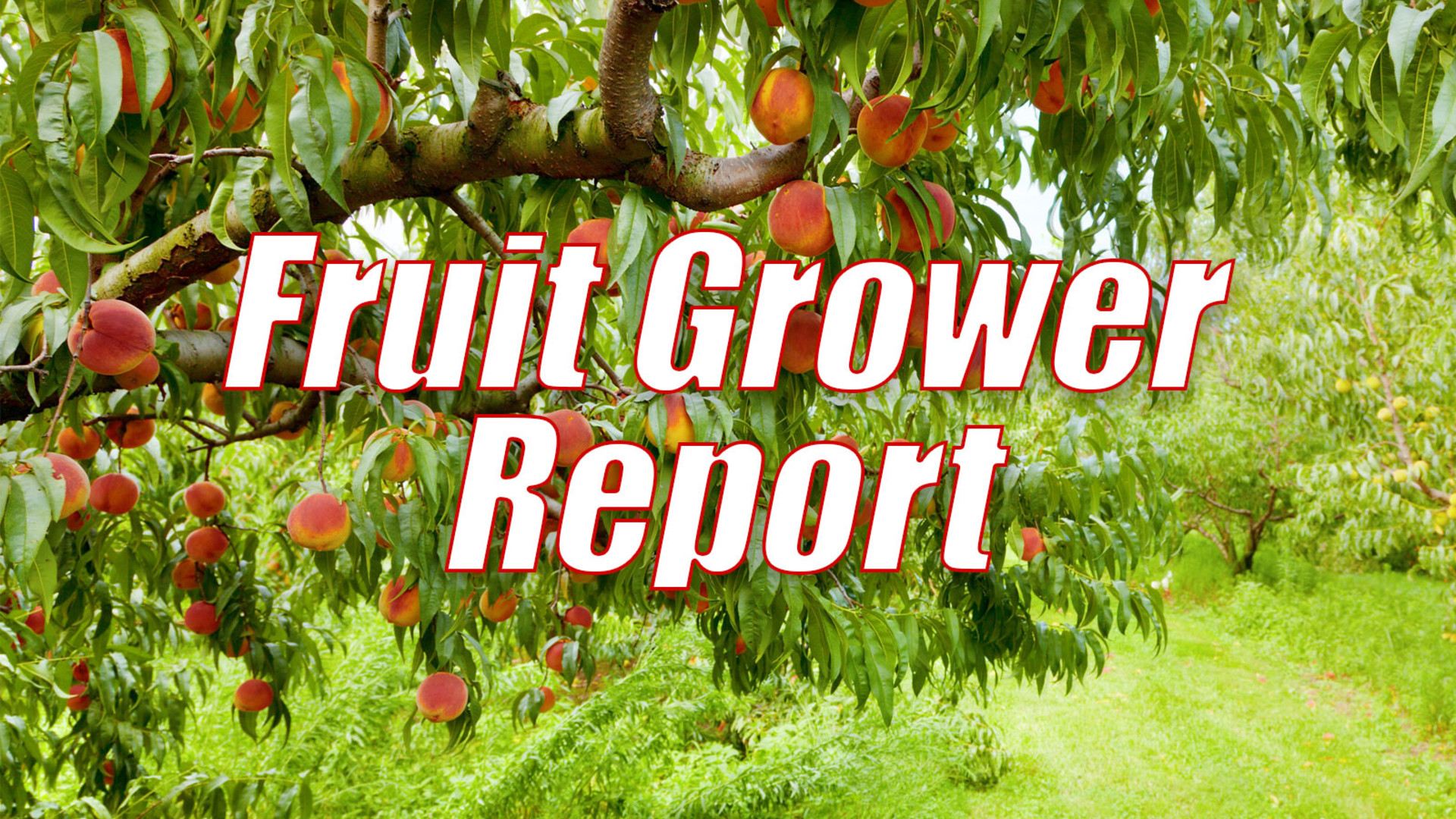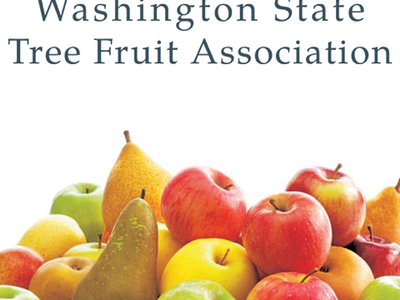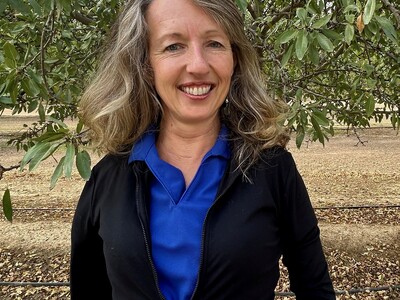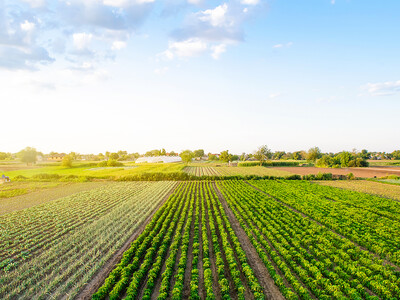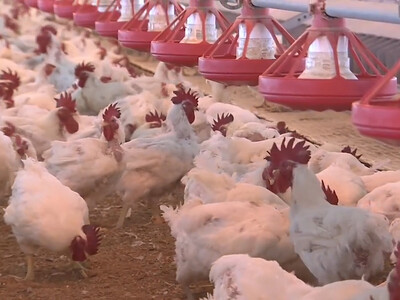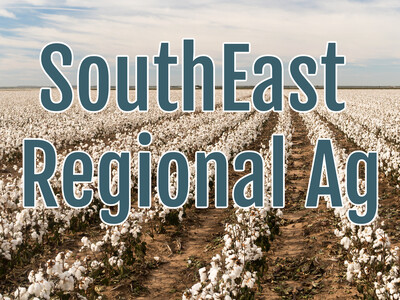35 Years of Crop Protection
35 Years of Crop Protection. I’m Greg Martin with today’s Fruit Grower Report.During this year’s annual Hort convention, Jay Brunner, Director of WSU’s Tree Fruit Research and Extension Center gave the Batjer address and looked back at how the last 35 years helped to shape the future of the tree fruit industry.
BRUNNER: It’s my belief that understanding the past provides a context for where we are currently and that history provides insights into factors that are likely to shape our future. Forces and technology that have shaped crop protection in the past four decades, I’m going to just focus on four, I’m sure there’s more. But I’m going to look at crisis in pest management or in crop protection or in business. Often time crisis are what promotes change or forces change.
Brunner says that pheromones were an important new technology introduced over 20 years ago which has transformed IPM systems.
BRUNNER: Regulation of pesticides is kind of one of those externally imposed forces that have to deal with and the models are tools that have refined our IPM program. Historically we can go back to the work of Stan Hoyt and this is a classic example of integrated pest management developing out of crisis. And Stan would tell me that you could drive into the Wenatchee River Valley in August in the 60’s and the trees would be brown because of spider mite feeding.
Brunner says change was key to moving forward.
BRUNNER: So the principal here is one of conservation biology. Changing a broken system that was not working, a pesticide treadmill as it’s often called.
That’s today’s Fruit Grower Report. I’m Greg Martin on the Ag Information Network of the West.


